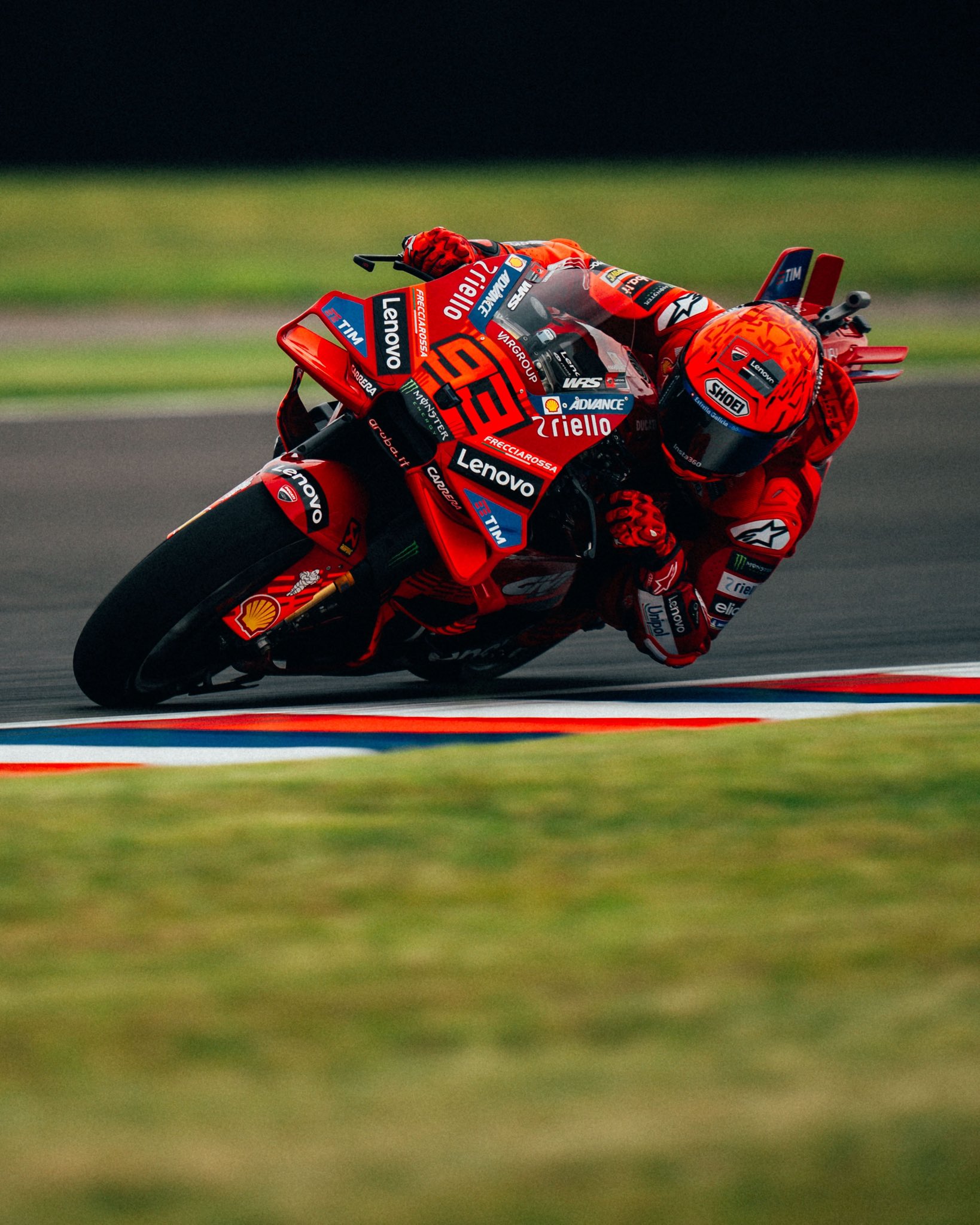Complete 2021 tech and regulation analysis – part 1
- Ive Bauk
- Mar 15, 2021
- 3 min read
Updated: Jan 12
Written by Ive Bauk, Edited by Sam Stewart
As you surely know by now, the big Formula One regulation change, planned to take place this season, has been postponed for 2022, meaning development is mostly going to be carried over. The FIA, however, decided to add a smaller regulation change this season because, as we saw on British Grand Prix, cars are becoming too fast and are applying too much pressure to tires.
This season’s regulation changes include; tapered floor, shortened diffuser strakes, new specifications of brake duct winglets and banning of DAS. All those regulations are expected to reduce downforce by 10%. Cars are also going to be 11 kilograms heavier due to some mechanical changes. Pirelli has also stated that they will thrive to create more robust tires that will be able to cope with more loads. Another, very important change is the so-called “cost cap” which limits how much money teams can spend on developing their car and how much time they can spend in a wind tunnel.
So let’s start off with the floor. FIA tapered the floor in order to stop teams creating a blown diffuser effect on the rear edges. The blown diffuser effect is when teams use the floor and flaps on it to seal off the diffuser area, an area that creates huge amounts of downforce, from the very turbulent air behind rear tires. Due to this, most of the changes teams made over the winter break are made in pursuit of regaining lost downforce due to the narrowing floor. After the testing when all the cars features were actually shown, it is possible to see all of the flaps and winglets teams added on the rear of the floor and in my opinion, that part of the car is going to be the part that is going to split successful and unsuccessful teams.
Another aerodynamic part that is seen on almost every car except the team that introduced them, Haas. That part is known as “Venetian blinds” and its main purpose is to guide the air stream towards the rear and speed it up in between those slots. Those are actually small horizontal flaps with slots in between. The reason why Haas isn’t using them is that they are very sensitive to any kind of contact even with the tyre debris and if they are damaged it really messes up the air flow.
Another thing many teams introduced just this year, is a thinner nose, the kind of a nose Mercedes came up with. Some advantages of a wide nose are that it creates more downforce itself, but a thin nose gives more air to bargeboards which means more air to direct on the floor and diffuser, creating more downforce over the whole car.
A lot of changes are also made under and on the sides of the nose in order to optimise air flow. Ferrari was quite clever as they switched to semi wide nose whilst not spending tokens on it.
And the last part with important changes for this year is the front brake ducts. Most of the teams are switching to the Mercedes shape – wider upper part and thinner bottom part. As there are many different concepts, I believe some of them will be very wrong.
In the next part we will be dealing with every team’s changes a bit more in depth.









Comments